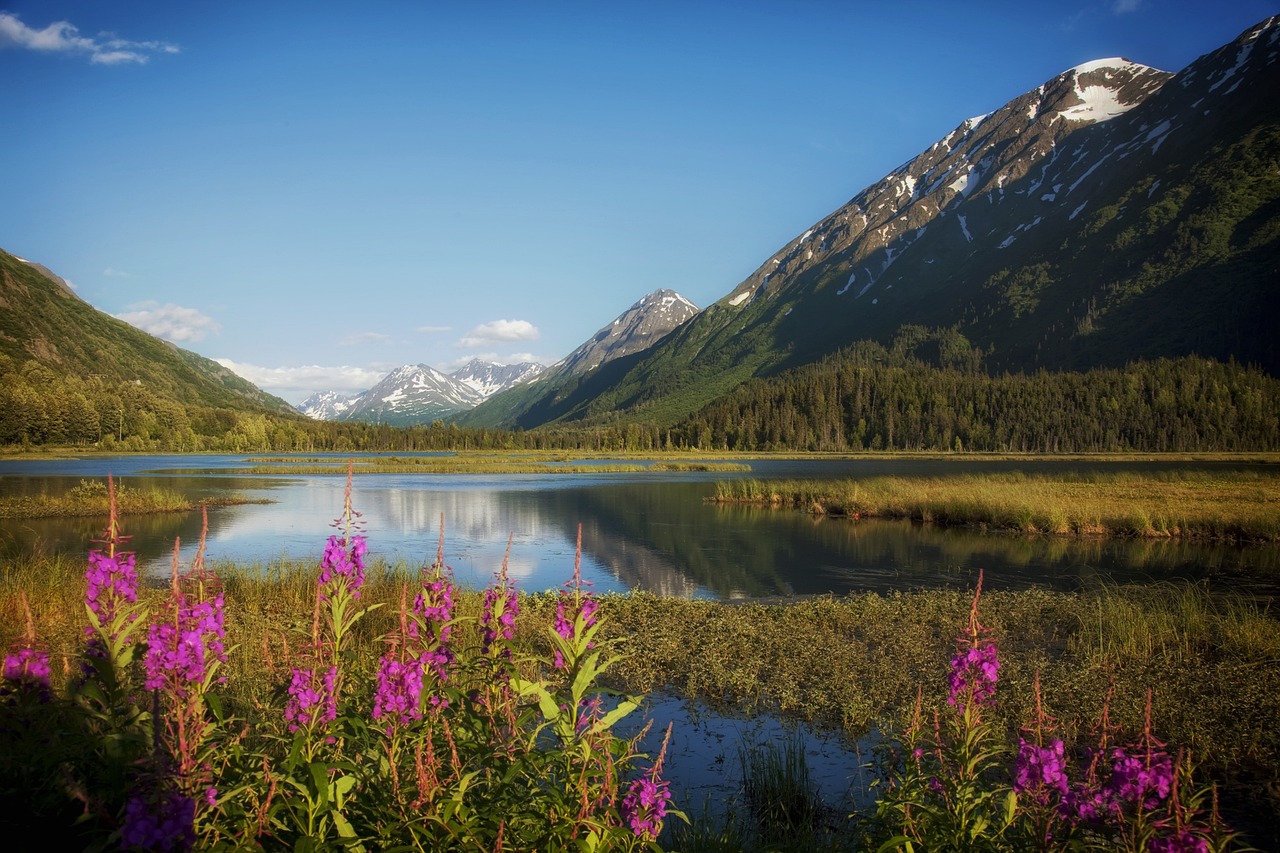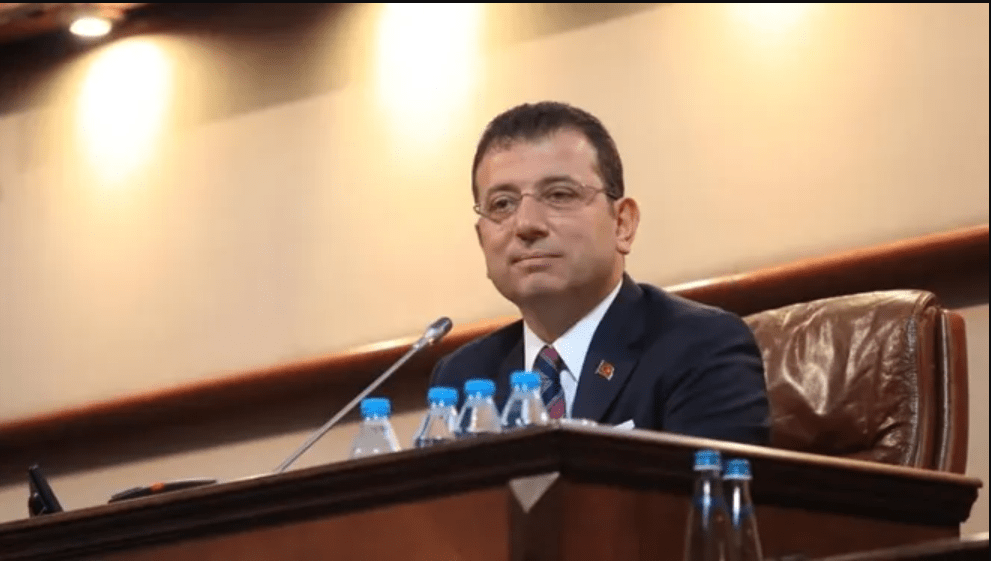Many years ago in Zonguldak, I published an article titled “The Flood in the Black Sea and Its Effects on History” in Zonkişot, a bimonthly magazine edited by my dear friend and cartoonist Ayhan Kiraz, which has made significant contributions to the city’s culture. I think it may be important to share the information in the article I mentioned during my research on the place name Alaska and the common ancestor of Slavs and Turks, Scythians/Sakaas, in order to understand the subject.
The Flood in the Black Sea and its effects on history!…
Sumerian art, which began around 3300 B.C., was primarily a West Asian art, but the center of its spread and development was Mesopotamia. It was here that this art emerged most freely, shining its light towards Upper Syria and reflecting as far as the Black Sea. However, as this art movement moved away from its original center, foreign influences on it became stronger. The first Hittite art emerged between the Sumerian and Aegean movements.
As Sumerian art reached the Black Sea, the products of the nations living in the Black Sea also reached the Sumerian country. It is seen that the fabrics produced by the country known as Pala/Tummana during the Hittite period, which is localized in the Central and Western Black Sea region, were used as ceremonial dresses of queens in the Sumerian country.
The word “Pala” in the Sumerian tablets, which have survived to the present day in cuneiform, is interpreted as a queen’s dress. Pala language was spoken in the region between Kızılırmak and Sakarya in Paflogonia. “Pala cloth” is mentioned in Hittite clay tablets.
The presence of this type of cloth in the texts is related to the fact that it was a well-known and highly sought-after weaving product. Hemp grass was used as a weaving material in the production of Pala cloth. The Palans paid their tax debts to the Hittites by giving them Pala cloth they wove. The word Pala is still used in the vicinity of Zonguldak/Devrek. Today, the word pala continues to live in the vocabulary of the local people in the form of a cloth kept under children or a rag used to wipe a place.
According to the drawings and sculptures found in archaeological excavations, the Sumerians were a non-Semitic nation with black hair. They were called ‘Karabashlar’ in the inscriptions. There is a Karabaşlı village in the Zonguldak-Devrek district. The language of the Sumerians is similar to old Turkish (Turani). They are indo-European in terms of body structure.
This cultural interaction between the land of Palaea and the land of Sumer has to do with geological factors. The areas where Turkey is located were occupied by the seas at the time I. The mountains of the Black Sea Region, which geologists refer to as the Pontides, constitute the oldest mountains of Turkey.
They were formed in the Caledonian and Hersinian. During this period, most of Anatolia was covered by the sea. The land, including the Zonguldak basin, was only scattered island by island. The Black Sea did not exist at all in its present form, and the Zonguldak basin was perhaps connected to Russia across the land. Since the climate was warm and rainy during the Carbonite system, the vast depressions on these lands were filled with plant masses.
This is how Zonguldak coal was formed. Reşit İzbırak stated that in the Carboniferous period, the current Black Sea was land, and that this piece of land extended from the Balkans eastward to Turkestan. The southern edge of this extension, the current Ereğli- Zonguldak- Amasra region, was the coastal region of the Black Sea to the south.
The foundations of Hacılar Mound in Anatolia were laid 1500 years before the Black Sea flood. During the preparation phase of my book Devrek History published by DTSO, when I climbed the mountains and hills around Devrek, I came across fossils of crustaceans living in the sea and was quite surprised.
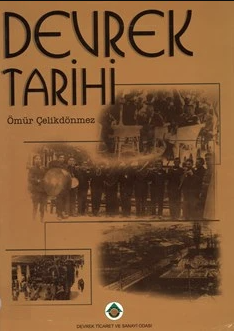
During my research on the place name of Devrek, I had learned that Devrek was called Zehelli. The word Zehel could have been derived from the Arabic word ‘sevahil’, meaning coast. It meant a place with a coast, a place with a sea climate. In recent years, Noah’s Flood in the Black Sea has been frequently mentioned. Archaeological, geological and historical studies show that the flood occurred as described in the Qur’an.
In the tablets of many ancient civilizations and in many historical documents, the event of the Flood is described with great similarities, even if the names of people and places differ, and “what happened to a deviant people” is presented as a source of warning.
Apart from the Torah and the Bible, the Flood is described in very similar ways in Sumerian, Assyrian, Babylonian records, Greek legends, Satapatha, Brahmana and Mahabharata epics in India, some legends told in the Welsh region of England, Scandinavian Edna legends, Lithuanian legends and even stories from China.
Noah’s Flood is localized because only the Noahic people were destroyed. This historical flood, which gave birth to the mystical flood story, did not wipe out all humanity until only one family remained, the family of Ur-Napishti Noah.
How was the Bosphorus formed?
According to information based on geological research, the Black Sea, which was a freshwater lake before 5600 BC and was 100/150 meters lower than today, was flooded by the salty waters of the Mediterranean and Marmara, which rose and overflowed through the Bosphorus.
With the sudden discharge of 200 times as much water as Niagara Falls, the Black Sea rose by 100/150 meters in a period of about a year. As a result, the human communities living on the Black Sea coast migrated to all four sides after this flood.
There is significant evidence that those living on the northern and western shores of the Black Sea lake may have migrated into Europe and Ukraine, while those living on the southern shore may have migrated into Anatolia and beyond.
The famous German philosopher Leibniz, as a result of his research on language, came to the conclusion that “there is a Celtic language used in common by the Germans and the Welsh, and that this language originates from a common root in all the peoples descended from the Scythians who crossed the Danube and Vistula rivers from the Black Sea, some of which went to Greece and some of which filled Germany and the Gallery”.
Again, according to linguists, most root words in Sumerian were monosyllabic. But those related to agriculture and handicrafts were polysyllabic, such as farmer, shepherd, fisherman, plow, plow track, metalworker, blacksmith, blacksmith, joiner, net-weaver, weaver, leatherworker, potter, mason and, moreover, merchant. These words were in fact carried from the Black Sea melting pot on the journey south to Mesopotamia and passed on to Sumerian successors.
Again, as determined in ethno music researches, it can be said that the origin of the bagpipe, a high-pitched, wind instrument consisting of a double whistle made of reed and bagpipes, extends to the Black Sea. Because it is the national instrument not only of Scots but also of Thracians, Bulgarians and Macedonians.
The legendary migration of the Sakas and the emergence of the place name Alaska.
During a meeting with the late former member of parliament Yalçın Koçak from Sakaria, the subject somehow came to Alaska. The deceased said that the place name Alaska came from the Saka Turks, that it stands for ala + Saka, and even that the first ancestors of the US Indians were the Sakas.
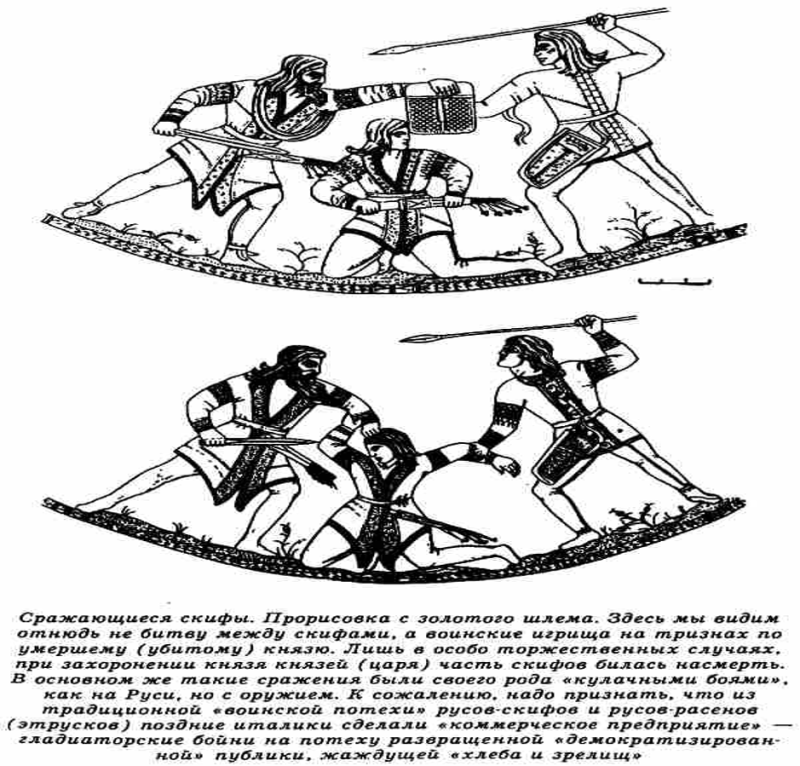
The place name Alaska is derived from alaxsxaq, a phrase from the Aleut language, a tribe of the Scythians, meaning “mother place” or, more precisely, “the object toward which the action of the sea is directed”. It is also known as “Alyeska”, an Aleut word derived from the same root, meaning “great land”.
The Old Persian Sakā, Greek Σάκαι, Latin Sacae, Sanskrit शक (Śaka) come from the Iranian root sak-, which means “to go, wander” and “nomad”. The Śaka language was part of the Scythian language. Sak is a Persian verb root meaning “to wander”, the “A” sound in Sakā makes it plural and means “wanderers”.
Another view on the etymology of Saka: “The Sanskrit equivalent of Chag is Saka, which actually means Scythian…”
The Scythians/Sakas, who were once called a barbarian warrior Turkic horde on horseback, marked the end and the beginning of the ages. The name Scythian derives from the name the ancient Greeks used for them. Iskuzai or Askuzai was the name the Assyrians gave them. The ancient Persians used the term Saka for all nomads of the Eurasian steppe, including the Scythians. The name Saka is therefore thought to be ancient Persian.
The first people to cross the Bering Strait
Located between the easternmost point of Asia and the westernmost point of America, the Bering Strait is today the geographical border between Russia and the United States (Alaska) and the closest point between the American and Asian continents. It is named after Vitus Bering, a Danish-born traveler who served in the Russian navy and explored the northern Pacific Ocean for the Russians, discovering the Bering Strait and being the first person to map the west coast of Alaska.
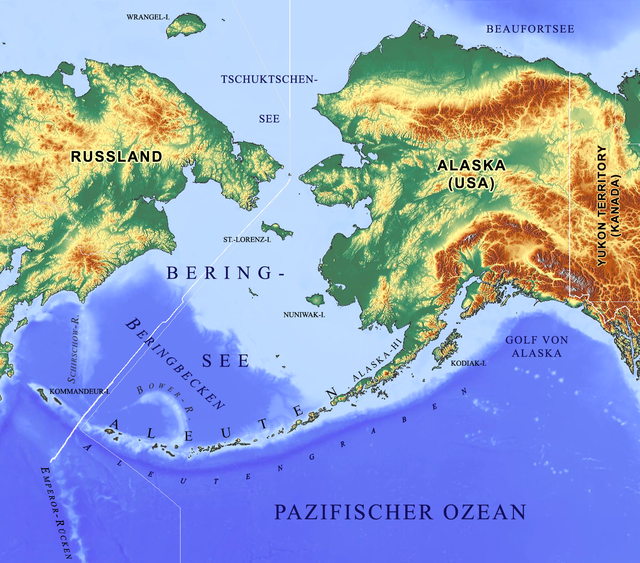
In the area called the Bering Strait, there was a land bridge/passage connecting Asia and the Americas. Approximately 13,000-11,000 years ago, as a result of the melting of the glaciers with increasing temperatures, the passage was covered with water again and the land bridge between Asia and America disappeared.
In ancient times, much of the water turned to ice, lowering the sea level and exposing more land. In the process, the strait froze over completely, creating a natural causeway, a bridge over which people and animals could cross. The first settlers arrived in America in a single wave from Siberia no later than 23,000 years ago, at the peak of the last ice age.
Some sources agree that humans crossed the Bering land bridge from Siberia to North America around 14,000 years ago. Researchers say that the Ice Age migration across the land bridge between Siberia and Alaska was much earlier and not related to the arrival of the Eskimos and Inuit, who arrived later (about 5,500 years ago) and spread across the Arctic.
Analyzing the genome of a girl living in Alaska’s Tanana Valley, paleogeneticists concluded that the ancestors of all American Indians moved from Chukotka to Alaska in a single wave in the late Pleistocene, about 11.5 thousand years ago.
20-25 thousand years ago, about before Beringia disappeared. 20 thousand years ago. After that, the “ancient Beringians” were isolated from Eurasia in America. 17 to 14 thousand years ago, they were divided into northern and southern groups of Paleo-Indians, from which the peoples living in North and South America were formed
Ashkenazi Jews and Scythians
The Khazars are the continuation of the Huns and Scythians. The name Ashkenaz is said to be linked to the Scythian name. The traditional diaspora language of Ashkenazi Jews is Yiddish, a Germanic language with elements of Hebrew, Aramaic and Slavic languages. It is the national and religious language of Ashkenazi Jews, which developed in the Middle Ages after they moved from Germany and France to Northern Europe.
Biblical Ashkenazic is usually derived from the cuneiform Aškuzai/Iškuzai, from Assyrian Aškūza, a people who expelled the Cimmerians from the Upper Euphrates region.
The name Aškūza is therefore often associated with the Scythian ethonym. In modern times Samuel Krauss has identified the biblical word “Ashkenaz” with Khazaria / Khazaria. Throughout history, the Scythians have been referred to as Skuthēs -Σκύθης in Greek sources, Ashguzai in Assyrian sources, Sakā in Persian sources and Sai in Chinese sources.
Who are these Scythians Sakas?
The Scythians who lived in Ukraine and Southern Russia called themselves Scoloti, and were ruled by a nomadic warrior aristocracy called the Royal Scythians. Turkish scholars, in particular, consider the Scythians to be proto-Turkic. Likewise, Russian anthroplogy tends to regard the Scythians as the ancestors of the Slavs.
As a result, Scythians, i.e. Sakas, can be considered the common ancestor of Slavic and Turkish tribes. Because in Russian sources, the tendency to see Scythians as the proto ancestors of the Slavic people is dominant.
The Classical Scythians, who lived in the Scythian region of Eurasia, dominated the Pont-Black Sea steppes from about the 7th century BC to the 3rd century BC. They may also be called Pontic Scythians, European Scythians or Western Scythians. They were part of the wider Scythian cultures that spread across the Eurasian steppes. In a broader sense, Scythians have also been used to describe all early Eurasian nomads.
Until now, the biggest obstacle to understanding the simple fact that the ancestors of the Russians are Scythians-Sarmatians-Alans has been linguistic considerations. There is another word common to the Scythian and Old Russian languages: “paratu”, “harbor” – axe. This word for axe is not a simple word, but a term related to material culture and the “military complex”. The fact that the tombs of the Turks in the steppes of Central Asia are called Balbal may be related to the word axe.
The derivation of tribal names from geographical terms is quite common in Central Asian history. In this context, the ancient “aquatic” Scythians are referred to as “Scythians-Obii” and the aquatic Sakas as “Obosiak”. The Turkish word Oba and the Russian word Oblast seem to have a connection with Obosiak.
The Scythians were one of the first peoples to specialize in the use of cavalry in warfare. They developed a rich culture characterized by unique metalworking, monumental tombs and artistic styles. The Scythians were the first to use leather pants, which allowed them to ride horses and fight easily. They raised herds of horses, sheep and cattle, lived in tents and fought with bows and arrows on horseback, calling themselves *skuda (“archers”). The Old Persian word Sakā, Greek Σάκαι, Latin Sacae, Sanskrit (Śaka) come from the Iranian root sak-, which means “to go, wander” and “nomad”.
Turks migrated not only to Alaska but also to England!…
When the volcanoes of Urfa Karacadağ and Adıyaman Nemrud became active, earth tremors caused by earthquakes, landslides and ruptures, lava spewing, caused climate change, the human communities settled in the region after the flood moved to different regions and changed the course of history
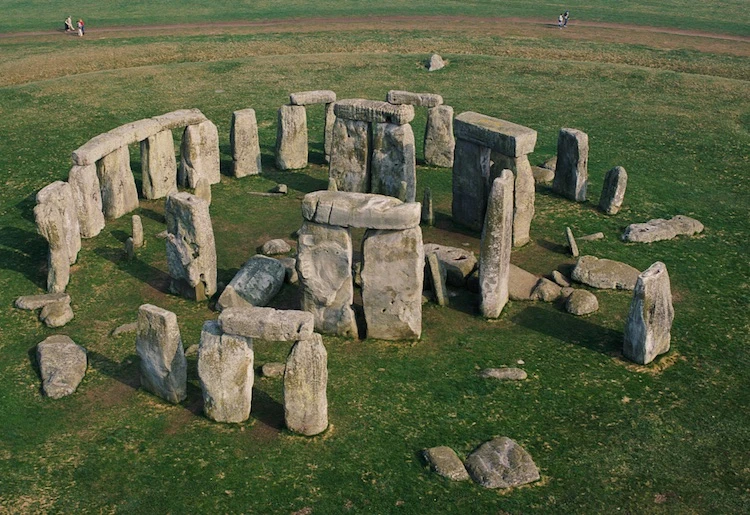
DNA research has revealed that the builders of Stonehenge, one of Britain’s most important historical monuments, also came from Anatolia. In the DNA research conducted in London, experts compared DNA samples taken from the remains of those living in the Neolithic Age (800-5500 BC) in England with DNA samples of those living in Europe during the same period.
As a result of the research, it was determined that the Neolithic inhabitants of the British Isles came from Anatolia and settled on the island via the Iberian Peninsula. It was determined that these people reached Britain in 4000 BC.
It is thought that the migration to Britain was part of a large population movement and that these peoples brought agriculture to Europe. Although “western hunter-gatherer” peoples were living in Britain when the agricultural people arrived in 4000 BC, DNA analysis shows that the two groups did not mix.
Bagpiper Scots trace their genes to the Proto-Turkic Picts. The Picts were an ancient people who lived in the east and northeast of present-day Scotland. Linguists think that the name of this people probably comes from the Latin word picti (painted). This is probably because of the paint and tattoos on their bodies.
This people, called Picts, are the Saka people of the As and Okh tribes who came to the north of the island of England with their horses from Asia. The formation of the Scottish name is a transformation of AS-OK = SAKA = SKIT = SCOT. It can be proven that Pictish is not an Indo-European language. The language is definitely contiguous. Both lexical and grammatical comparisons show that Pictish has strong similarities with Basque and Iberian, and is related to Etruscan and North Caucasian languages.
Could Alaska become a new conflict zone between the US and Russia?
In a speech on April 17, 2014, President Putin of the Russian Federation raised the question of Alaska belonging to the United States. The territory of Alaska was created from former Russian territories in America, which were transferred to the United States for US$7 million 200 thousand, in a treaty signed in Washington on March 30, 1867 and ratified by the Senate on May 28… The official transfer took place on November 11, 1867.
Asked by a journalist who raised the allegation that Putin had signed a decree calling the sale of Alaska to the United States “illegal,” US State Department Deputy Press Secretary Vedant Patel responded at a briefing on January 22 that “Russian President Vladimir Putin will not get Alaska.”
Security Council Deputy Chairman Dmitry Medvedev on the remarks of a representative of the US State Department that Russia will not be able to get back the Alaska Peninsula: “According to a State Department representative, Russia will not be able to get back Alaska, which was sold to the United States in the 19th century. Okay, it’s all over now. And we were hoping that Alaska would one day be ours. Now war is inevitable,” he wrote.
Russian leader Vladimir Putin has issued a decree on “Russia’s historical assets”. According to some comments, the sale of Alaska to the United States is also illegitimate.
Putin’s decree provides for the allocation of funds for the registration and “legal protection” of Russian foreign assets, including the former territories of the Russian Tsarist State and the Soviet Union. Let the Russians lead the way to their ancestral lands and we will follow behind.
We should support the Russians in the Alaskan crisis. After all, the common ancestor of Slavs and Turks is Scythians/Saka. Therefore, the Turks, at least as much as the Russians, have a right to Alaska, where the Ala Saka named after them and carved their tamgas.
Selected Bibliography
https://history.wikireading.ru/57193
http://mixednews.ru/archives/84172
http://dr-skin.ru/procedure/ayurveda/
https://www.interfax.ru/world/372276
https://www.wisdomlib.org/definition/shaka
https://languagelog.ldc.upenn.edu/nll/?p=51481
https://ria.ru/20240122/alyaska-1922852801.html
https://academic-accelerator.com/encyclopedia/saka
https://kas.mfvsegei.ru/drug/drug_22/drug-22-0.htm
https://www.pnas.org/doi/10.1073/pnas.2206742119
https://www.rbc.ru/rbcfreenews/65aed8289a794768a51e291a
https://www.history.com/news/human-migration-americas-beringia
https://www.karikaturculerdernegi.com/karikaturculerimiz/ayhan-kiraz/
https://tj.sputniknews.ru/20220318/istoriya-drevniy-tajikistan-persia-1046884520.html
https://www.livescience.com/289-north-america-settled-70-people-study-concludes.html
https://realnoevremya.ru/articles/132719-istoriya-pechenegov-ot-yaroslava-pilipchuka-chast-7
https://turan.az/ru/v-mire/gosdepartament-otvetil-putinu-po-povodu-aliaski-konecno-on-ne-polucit-ee-obratno-776627
https://www.habersanliurfa.net/yazarlar/omur-celikdonmez/ingilizlerin-genetiginde-ve-kan-grubunda-urfalilarin-etkisi-var-mi/31737/
https://www.insanbu.com/Felsefe-Haberleri/735-1000-temel-sozcuk-ustunden-turkce-sanskritce-ingilizce-uyumunun-karsilastirmasi
https://www.quora.com/What-was-the-language-of-the-Scythia-Saka-people-pre-Turkic-Is-there-any-evidence-that-it-is-related-to-Persian-Indo-European-etc
Umberto Eco, Avrupa Kültürü, Yeni Binyıl Yayınları, İstanbul,
Ömür Çelikdönmez, Devrek Tarihi, Devrek Ticaret ve Sanayi Odası Yayını, Ankara 2000,
Prof. Dr. Reşit İzbırak, Yerbilim Bilgileri, Milli Eğitim Bakanlığı Öğretmen Kitapları Dizisi, İstanbul 1989,
Ömür Çelikdönmez-Ömer Yılmaz-Raşit Korum, Baston Tarihi Devrek’ten Bastonla Tarihe Bakış, Ankara 2009,
Hüseyin Saraçoğlu, Bitki Örtüsü Akarsular ve Göller, Milli Eğitim Bakanlığı Öğretmen Kitapları Dizisi, İstanbul 1990,
C.W.Ceram, Tanrılar, Mezarlar, Bilginler, Çeviren: Hayrullah Örs, Milli Eğitim Bakanlığı Bilim Eserleri Serisi, İstanbul 1964,
Prof.Dr. Mümin Köksoy, Yerbilimlerinin Katkısıyla Nuh Tufanı ve Sümerlerin Kökeni, Yeni Avrasya Yayınları, Ankara 2003,
Cavit Yalçın, Kavimlerin Helaki-Kuran’da Konu Edilen Yıkıma Uğratılmış Kavimler ve Dinlerin Dejenerasyon Süreci, Vural Yayıncılık, İstanbul 1995,
WilliamRyan-Walter Pitman, Nuh Tufanı Tarihi Değiştiren Olaya İlişkin Yeni Bilimsel Keşifler, Çeviren: Dursun Bayrak, Arkadaş Yayınevi, Ankara 2003,
https://www.turkcenindirilisi.com/m/diger/pikt-halki-ve-yazilari-doc-dr-haluk-berkmen-h88513.html
https://www.ntv.com.tr/teknoloji/arkeolojik-olarak-bildigimiz-bilgi-dna-ile-kanitlandi,mvluMWwZokuDsqO-HQgywA
https://arkeonews.com/yeni-arkeogenetik-arastirma-orta-cagda-kita-avrupasindan-ingiltereye-yasanan-buyuk-goc-dalgasini-gosteriyor/

